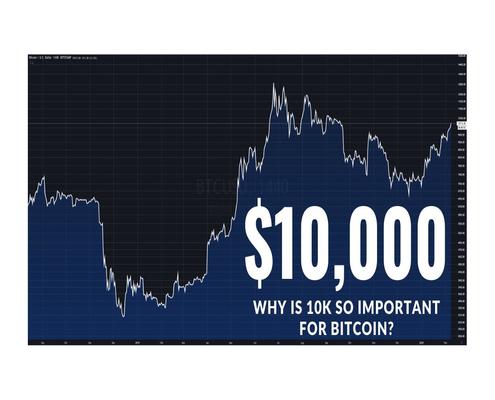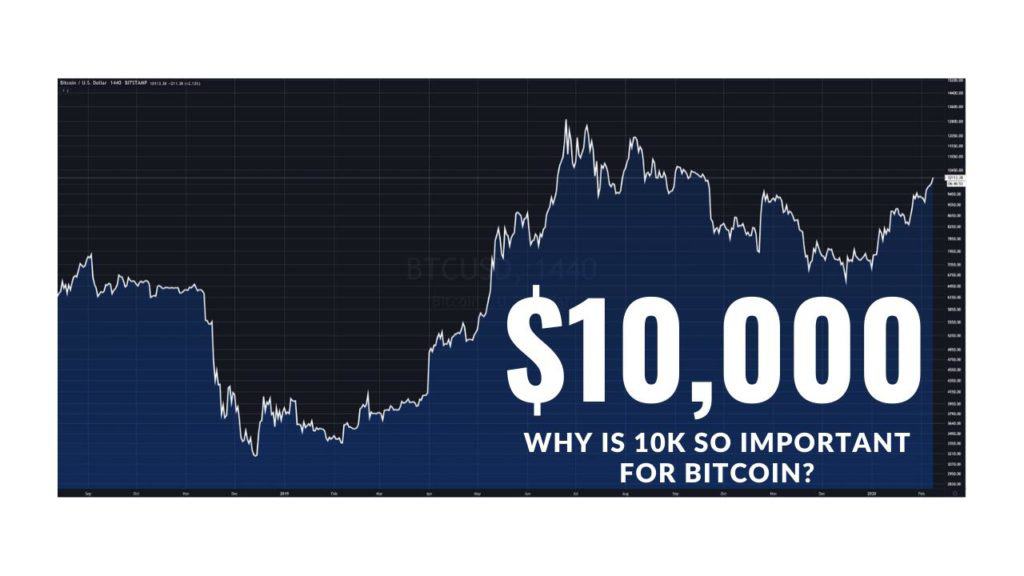*** The following is a guest post from Gavin McMaster founder of Options Trading IQ ***
Markets took a beating recently due to the coronavirus outbreak and while they have recovered slightly, I thought it would be a good time to look at how to use put options to protect a portfolio of stocks.
The S&P 500 peak in mid-February at 339.52 and subsequently fell to a low of 2,191.86 on March 23rd. That was one of the most severe and rapid declines in market history. The 35.41% decline took a lot of investors by surprise and saw the portfolio gains from the last few years evaporate.
What Is A Put Option?
Put options are securities that are used by hedge funds, money managers and professional traders to protect their portfolios from drawdowns like the one we saw recently.
Investopedia gives the definition of a put option as:
“….a contract giving the owner the right, but not the obligation, to sell, or sell short, a specified amount of an underlying security at a pre-determined price within a specified time frame. The pre-determined price the put option buyer can sell at is called the strike price.”
Basically, what that means is that put options give the owner the right to sell their stocks at a certain price, no matter how low they go.
Think of it like an insurance contract that protects you against the worst-case scenario. Just like an insurance contract, you need to pay a premium for this right.
How Do Put Options Work?
Put options will increase in value if the underlying stock declines in price. Assume XYZ Corporation is trading at $100 and an investor owns 100 shares and wants to protect their capital below $95.
To do this, they could buy a three month $95 put option and might have to pay $3 for this contract.
If XYZ runs into financial difficulty and goes bankrupt, their shares go to zero.
Thankfully for our investor, they own a put option at $95 which gives them the right to sell their share for $95 even though the value of the shares has gone to zero.
In this case, the investor has lost a total of $8. That’s $5 for the decline in share price from $100 to $95 and the $3 in premium paid to purchase the put option.
This strategy is a risk management strategy known as a protective put and is used extensively by investors with large portfolios. By implementing this strategy, they know in advance what their absolute worst-case scenario is.
What’s The Downside?
Buying put options is a great risk management tool, but like any investment strategy, there is always a risk.
If XYZ doesn’t drop and instead remains at $100 when the option expires, the investor has effectively lost 3% due to the put option they own becoming worthless. In this case, the investor would underperform someone that didn’t use this protection strategy.
The same can be said if XYZ rallies. The protective put strategy will always underperform by the cost of the put option during a bullish run. But they can still be worth it for peace of mind.
Real-World Example
Let’s look at a real-world example. For simplicity’s sake, let’s say that an investor owns 100 shares of SPY as their portfolio.
With SPY trading at $287.60 that represents an investment value of $28,760.
If SPY dropped 25%, the investor would lose $7,190.
A July 17th $260 put option is trading around $13. If the investor were to buy that put option they would be able to sell their shares for $260 no matter what happens.
The table below shows how the protective put strategy compares with outright stock ownership.
Volatility is pretty high right now which means put options are expensive. When markets are calm, put options a lot cheaper. That $260 put might only cost $6 instead of the $13 it currently costs.
Summary
-
- Buying put options is a protection strategy used by money managers and professional traders.
- Put options can limit the downside risk on a stock or portfolio of stocks.
- Put options become more expensive when market volatility is high.
Thanks for reading.
Gavin McMaster
Options Trading IQ
Gavin McMaster has a Masters in Applied Finance and Investment. He specializes in income trading using options, is very conservative in his style and believes patience in waiting for the best setups is the key to successful trading. Gavin has written 8 books on options trading and you can find more from him at www.optionstradingiq.com








